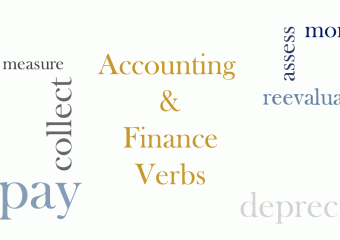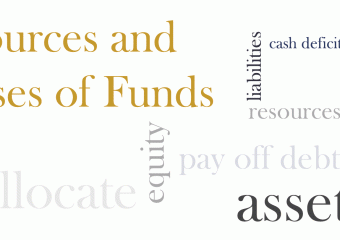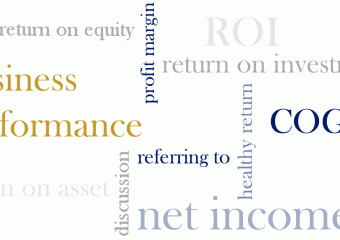Intangible assets may not be visible to the eye, yet they affect the value of a company. The value of these assets becomes important in mergers and acquisitions. Intangible assets include intellectual properties, brand name, and goodwill.
Intellectual Property
World Intellectual Property Organization (WIPO) defines Intellectual Property (IP) as the literary and artistic work, as well as inventions, all of which are the creations of the mind. 192 countries are currently working with PCT to protect intellectual properties (for more information refer to https://www.wipo.int/directory/en/contact.jsp?country_id=82). The organization offers a handbook on the subject. April 26 has been named Intellectual Property day. Examples of such properties are patents, trademarks, and copyrights.
Patents
A patent is an exclusive right to an invention. In order to prevent reproduction of an invention by people or organizations other than the inventor, a patent is given to them. The patent protects the original invention for a limited period of time. Applying for a patent occurs within a country and based on their unique procedures. An international patent system called The Patent Cooperation Treaty (PCT) also helps inventors protect their works internationally.
Industrial Property
What industrial designers do include creating ideas and turning them into products. Industrial designs aim to improve products. Sometimes products are designed with a specific customer or group of customers in mind. These designs require technical knowledge and at times following specific specifications. Moreover, research is an integral part of them. They can be made traditionally using pen and paper, but technology allows them to make designs using various tools from softwares to 3D-modeling. Protecting industrial properties is essential to protecting both designer and manufacturer financial benefits.
Trademarks
When a business or a person wishes to keep a name exclusive to them, they register that name and make it their trademark. As the name suggests, the trademark helps distinguish the works (products or services) of a company from another. As long as the trademark doesn’t exist, anyone can use the name, but when it becomes registered, it will become the property of the business or the individual. This helps protect business names and brands from being misused or taken advantage of by third parties.
Copyrights
Authors and artists protect their works using copyrights. This gives them the possibility to gain recognition for their work as well as to benefit from then financially. Examples of these works include photographs, books, paintings, and sculptures. According to WIPO, these rights are also stated in the universal declaration of Human Rights (Article 27). Copyrights encourage innovation and since intellectual creations are more prominent these days, they ensure that such works continue to be made by making creators feel safe and protected.
Brand name and its value
A sign, name, symbol, or design that represents a product or a business become closely associated with that product or business overtime. The image created in the minds of people is known as a brand. It reflects the degree of credibility, quality, and customer satisfaction. Since it attracts customers due to these characteristics, it becomes of value to companies. Although brand value is not stated in figures in financial records, it become important to companies when offers of mergers and acquisitions are being considered. Brand valuation is a sophisticated process, but not an impossible one. A combination of technology and valuation methods help quantify brand values.
Goodwill
When a company is acquired by another, goodwill becomes a part of the acquiring company’s intangible assets. Essentially, goodwill is the excess payment that is paid to purchase a company. In case the price that company A paid to acquire company B is higher than the tangible and intangible assets and considering its liabilities, then the remainder is known as goodwill. The fair value of both tangible and intangible assets are taken into account, with examples of intangible assets mentioned above.
Since book value of assets and liabilities determine the price, if Company A succeeds to buy Company B at a lower price, it has actually purchased it at a bargain, making goodwill negative. In contrast, if goodwill becomes higher than the fair value of the acquired company, it indicates the amount of excess payment by company A and the goodwill has to be impaired. Goodwill impairment requires its own set of procedures. IFRS© necessitates companies to make an annual valuation and record them in their financial statements.





